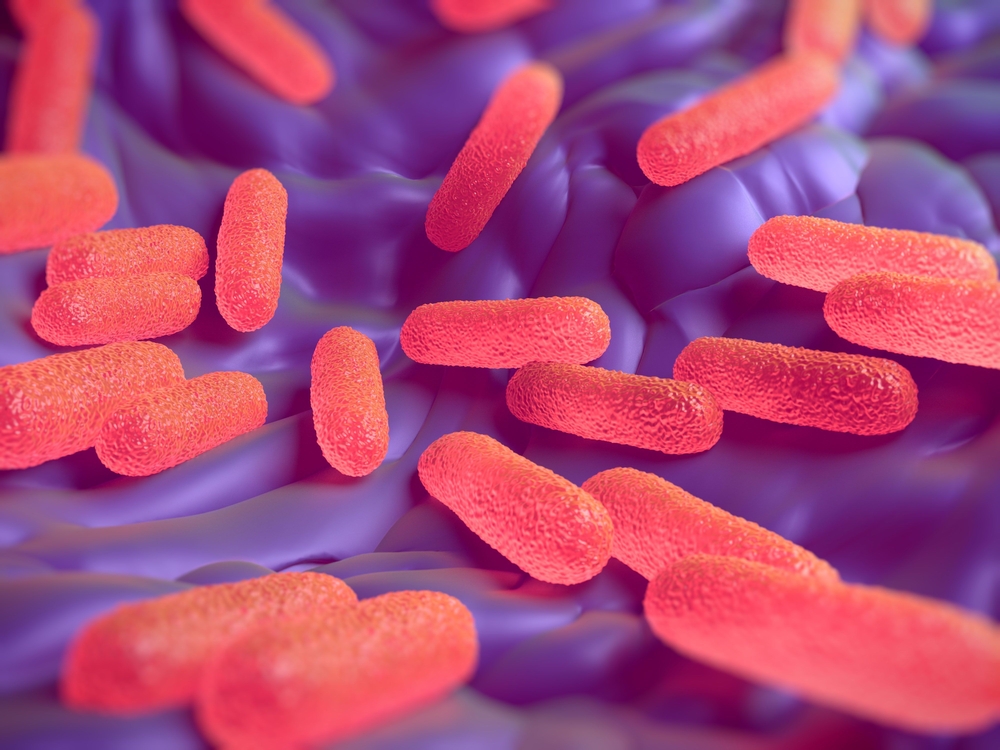VIBRIO SPECIES CELLS, HEAT-INACTIVATED
Heat-killed Vibrio species cells in dextran solution. Antigen is intended for use as a positive control in immunoassay development for Vibrio detection.
PRODUCT DETAILS – VIBRIO SPECIES CELLS, HEAT-INACTIVATED
- Heat-killed Vibrio species cells, genus specific in dextran solution.
- Part of the BacTrace® range of antigens and antibodies.
- This product is ideally suited for use as a positive control in immunoassays designed for the detection of Vibrio. It provides verification of the functionality of the assay system.
- Product is considered non-hazardous as defined by The Hazard Communication Standard (29 CFR 1910.1200).
BACKGROUND
The Vibrio genus are highly motile, curved-shaped bacteria, with a single, polar flagellum, used for self-propulsion. Vibrio cholerae is a non-spore-forming, gram-negative, facultative anaerobic bacterium of the Vibrionaceae family. V. cholerae is the causative agent of cholera, which is a diarrhoeal disease of the small intestine. Transmission of V. cholerae to humans occurs via the faecal-oral route and through the ingestion of contaminated water or food (WHO). An estimated 3-5 million cases and over 100,000 deaths occur each year around the world. The infection is often mild or without symptoms, but can sometimes be severe. Approximately one in 10 (5-10%) infected persons will have severe disease characterized by profuse watery diarrhea, vomiting, and leg cramps. In these people, rapid loss of body fluids leads to dehydration and shock. Without treatment, death can occur within hours.
There are numerous serogroups of V. cholerae, but until 1992 the only vibrios that caused epidemic cholera were of the serogroup O1. The O1 serogroup is classified as two biotypes, classical and El Tor, and are further classified into two major serotypes, Inaba (AC) and Ogawa (AB). In 1993, a new pathogenic serogroup emerged in Bangladesh that was designated O139 Bengal (Silva AJ).
REFERENCES
- World Health Organization: Media centre; Cholera.
- Silva AJ, Benitez JA. (2016). Vibrio cholerae Biofilms and Cholera Pathogenesis. PLoS Negl Trop Dis.Feb 4;10(2):e0004330. PMID: 26845681.

